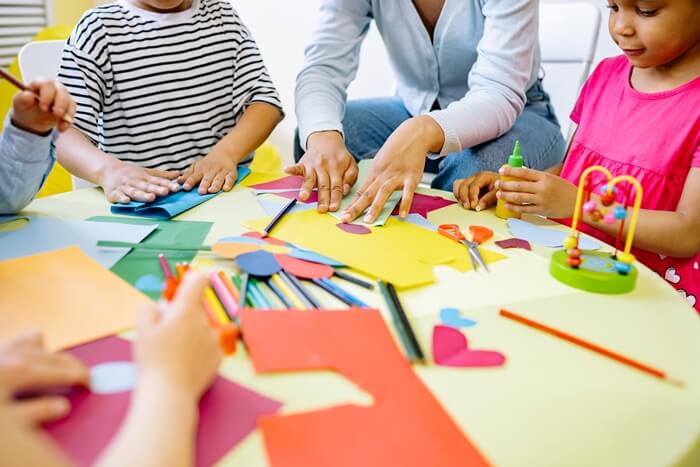In the contemporary education landscape, the integration of creative arts within school academics has emerged as a powerful tool in enhancing critical skills among learners. This approach transcends traditional academic learning methods, offering a unique avenue for the development of critical thinking and analysis. The Interplay of Arts and Critical Thinking Creative arts, encompassing disciplines...
BlogCreative Arts as a Medium for Enhancing Critical Skills

In the contemporary education landscape, the integration of creative arts within school academics has emerged as a powerful tool in enhancing critical skills among learners. This approach transcends traditional academic learning methods, offering a unique avenue for the development of critical thinking and analysis.
The Interplay of Arts and Critical Thinking
Creative arts, encompassing disciplines like music, visual arts, drama, and dance, inherently demand a level of analysis, interpretation, and creativity. They stimulate cognitive abilities, encouraging students to think deeply, question norms, and explore various perspectives.
Benefits of Creative Arts in Developing Critical Skills
Enhancing Observation and Interpretation
The arts, with their emphasis on detail and nuance, serve as an excellent medium for honing observational skills. Students engaged in art activities tend to develop a more keen eye for detail, which is vital in many academic and life scenarios. Additionally, the interpretative nature of arts – be it visual, musical, or dramatic – demands a level of analytical thinking that is instrumental in enhancing cognitive abilities. By interpreting and understanding different art forms, students learn to analyze and comprehend complex concepts in a more profound manner.
Fostering Creativity and Innovation
Engagement in artistic activities is not just about following set patterns; it’s about breaking free from conventional thinking and finding unique solutions to creative challenges. This aspect of art education fosters critical problem-solving skills and encourages students to think innovatively. The ability to approach problems from different angles and come up with creative solutions is a skill highly valued in almost every field today.
Developing Emotional Intelligence
Art is not only about creating; it’s also about connecting and understanding. The process of creating and appreciating art cultivates empathy and emotional understanding among students. By engaging with various art forms, students learn to appreciate diverse perspectives, thereby enhancing their emotional intelligence. Furthermore, the self-reflective nature of art helps in personal development, as students introspect their feelings and thoughts through their artistic creations.
Improving Communication Skills
One of the less discussed but equally important aspects of art education is its ability to improve communication skills. Arts provide a platform for students to express their ideas and emotions effectively. Whether it’s through painting, music, drama, or dance, students learn to convey their messages more expressively. Additionally, the discussion and critique sessions that often accompany art education play a significant role in developing articulation and persuasive skills.
Critical Skills Fostered Through Various Art Forms
Different art forms contribute uniquely to the development of critical skills:
The impact of art on critical skill development varies across different art forms, each contributing uniquely. Visual arts, for instance, enhance spatial awareness, pattern recognition, and aesthetic judgment, which are crucial skills in many academic and professional fields. Music education improves auditory skills and rhythm appreciation and can also enhance mathematical understanding due to its inherent structure and patterns. Drama and theatrical participation are excellent for developing empathy, emotional expression, and social awareness. Dance, on the other hand, teaches body awareness, coordination, and non-verbal communication skills.
In conclusion, the integration of creative arts in school academics is not just an enrichment activity; it’s a vital component in developing a well-rounded skill set in students. These skills, ranging from enhanced observation and creative problem-solving to improved emotional intelligence and communication abilities, are essential for success in both academic and personal life. As the educational landscape continues to evolve, the role of arts in shaping versatile, innovative, and empathetic individuals cannot be overstated.
Challenges and Solutions in Integrating Arts into Education
Creative arts are not just about aesthetic expression; they are a vital component in cultivating critical skills essential for holistic development. By embracing arts in educational settings, we pave the way for more innovative, reflective, and critically engaged learners. The fusion of arts and critical thinking skills is not just an educational strategy but a necessity in nurturing well-rounded individuals capable of navigating the complexities of the modern world.